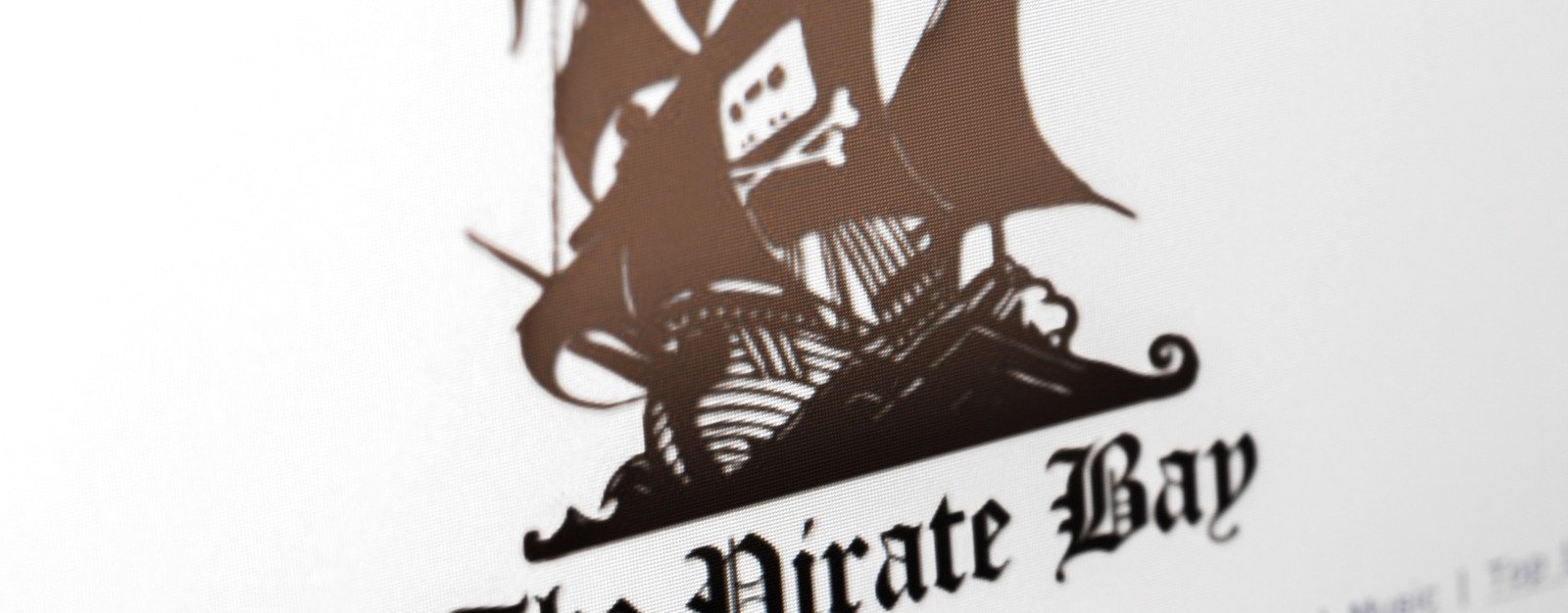31/05/2018
The latest data are revealing. Digital piracy has dropped by 6% in the past year and by 4% in the previous year. Since 2012, Spain has been off the U.S. blacklist of ‘pirate’ countries, the Special 301 Report, an annual scale whose results influence decisions on making or withdrawing investments.
This has not always been the case, of course. From 2009 to 2011 Spain was part of that list of countries drawn up by the U.S. Department of Commerce, and for 10 years, from 2006 to 2016, piracy figures were increasing year after year. This trend, however, has been interrupted in the last two years. «Pirating» is no longer the favorite option for a large part of the population.
The «Don’t pirate your future» campaign of the Ministry of Education, Culture and Sports is supported by digital content companies.

And it doesn’t look like it’s going to stop. In Europe, three out of four people (76.5%) consume pay TV. An upward trend that in Spain is driven by the rise of Smart TVs, the arrival of platforms such as HBO, Netflix or Amazon and the wide range of offerings from operators such as Movistar+, Vodafone TV and OrangeTV, which include soccer, motorcycles and thematic channels as well as being part of the production of movies and series.
From the industry, DigitalES has worked hard to reduce these behaviors, collaborating with institutions and supporting the ‘Don’t pirate your future’ campaign of the Ministry of Education, Culture and Sport. The companies in the sector have defended the lawful comparison of content and have increasingly improved the service and supply of content on their platforms.

We are convinced that this trend will continue to decrease, the consumption of digital content is shifting towards online consumption, and therefore illegal downloads and the need to make copies will end up being residual. Little by little, and not without previous work, an attitude -or a way of understanding the Internet- that had been dragging on since 1994, when piracy as we know it today began to be practiced, is being curbed.
Those were different times, as this Torrent Freak report shows, and to store a Metallica song, up to four 3.5-inch floppy disks were needed. The foundations were already being laid for a movement that exploded with the creation of Napster in 1999 and seemed to have no end until very recently.
There is still room for improvement in eliminating piracy – there were 4,005 million illegal digital accesses to content worth 21,899 million euros last year in Spain – but there is light at the end of the road. The figures are falling and it is a symptom that something is changing, that a new way of understanding the Internet is making its way among young people and veterans. Piracy has no place in the development of an advanced digital society.










